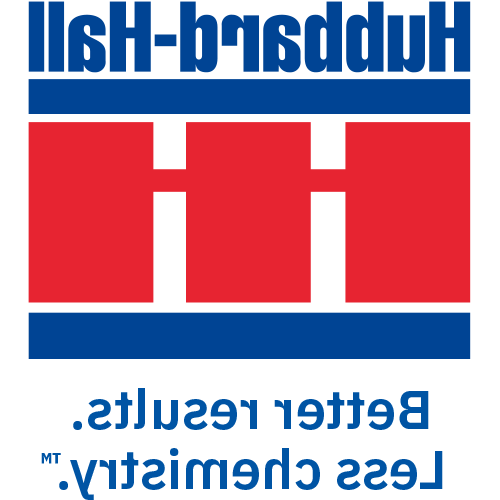Where can you find relevant, compelling user guides, step-by-step process instructions, and troubleshooting checklists? Maybe from a college textbook, industry article, trade association or even the library? Better yet scan through the Hubbard-Hall white papers to read real-life situations and instructional content designed to inform, educate and become your go-to resource. Feel free to download and save whatever you need. Didn’t find what you are looking for? Contact us and we will do our best to help.






